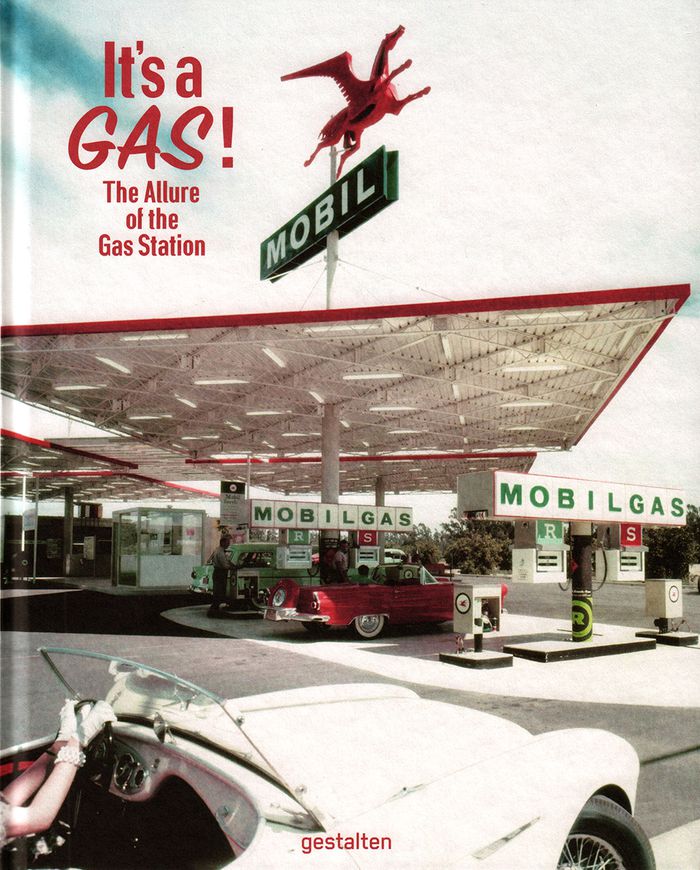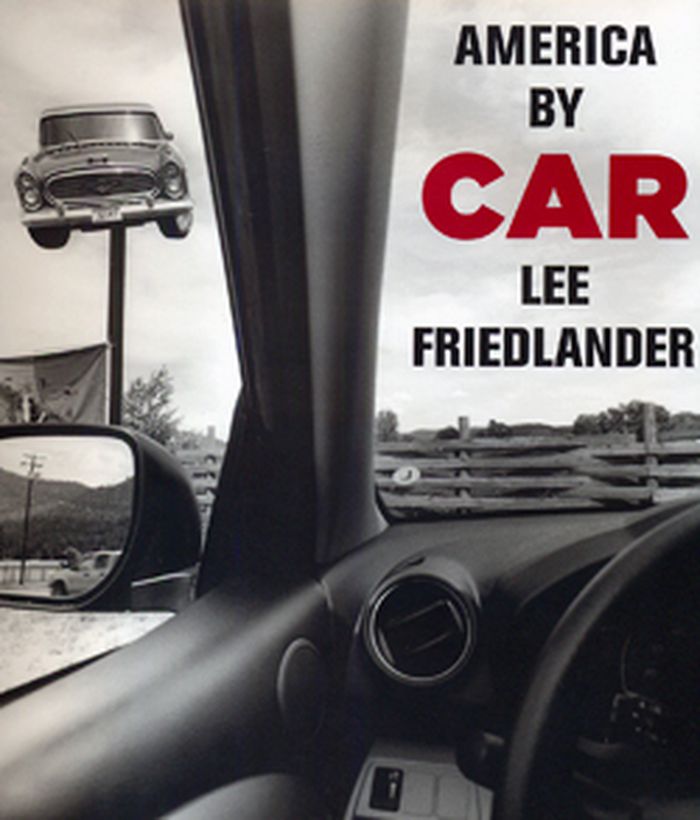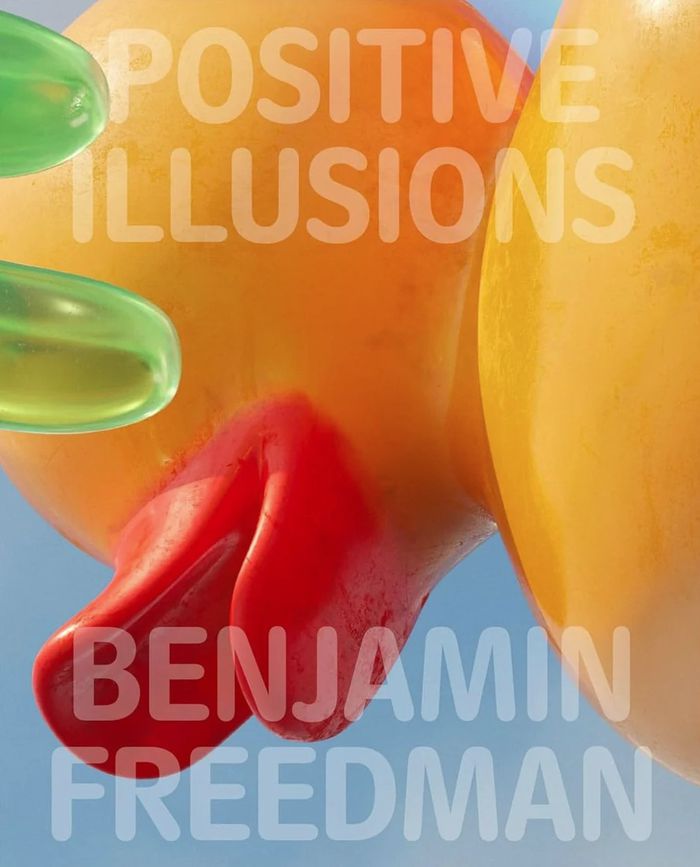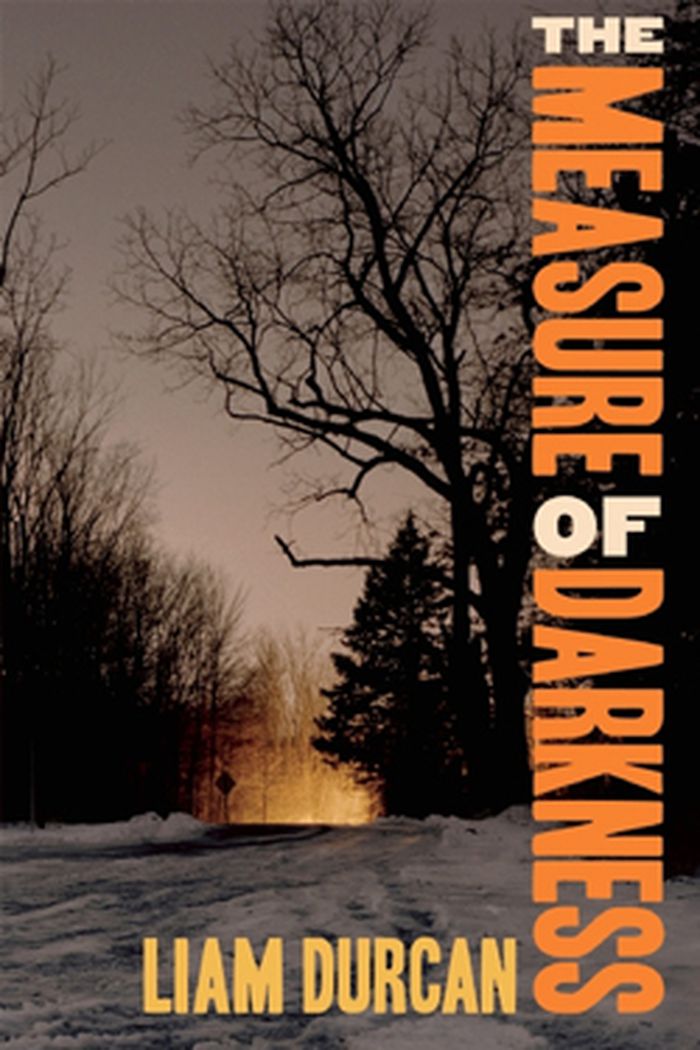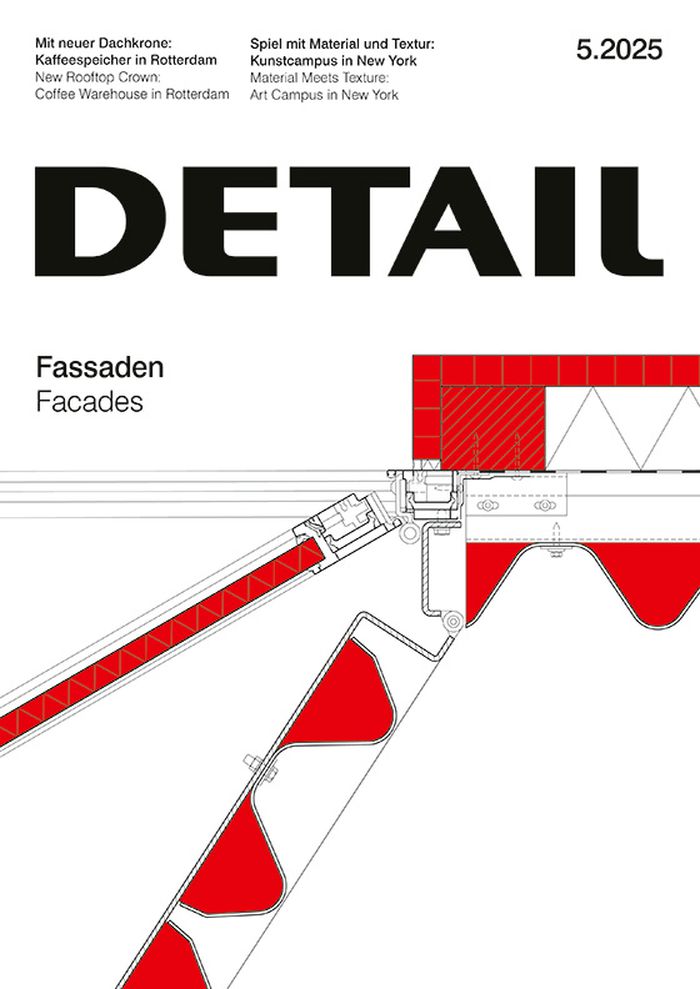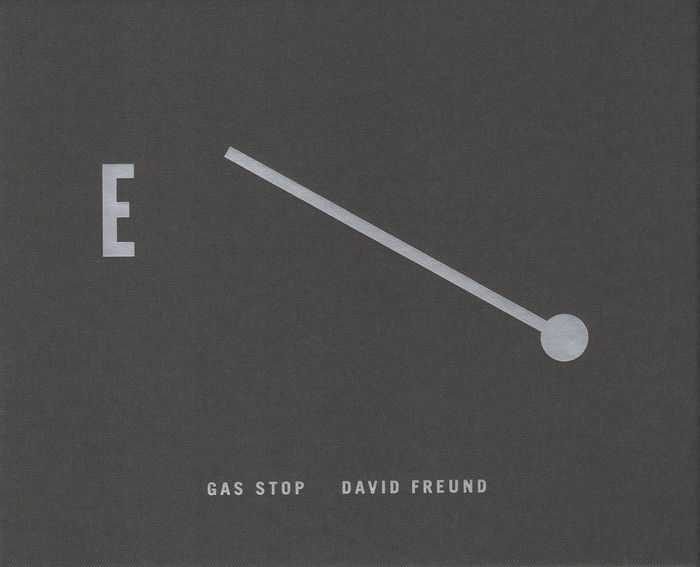$78.00
(available to order)
Summary:
The first gasoline was sold in pharmacies but this was to change in the 1950s. As the car experienced its great rise in popularity, gas stations began to pop up like mushrooms out of the ground. Futuristic and progressive, these modern temples of mobility became roadside reference points for young people hungry for independence, and to everyone who strove for a sense of(...)
Commercial interiors, Building types
June 2018
It's a gas! The allure of the gas station
Actions:
Price:
$78.00
(available to order)
Summary:
The first gasoline was sold in pharmacies but this was to change in the 1950s. As the car experienced its great rise in popularity, gas stations began to pop up like mushrooms out of the ground. Futuristic and progressive, these modern temples of mobility became roadside reference points for young people hungry for independence, and to everyone who strove for a sense of freedom. "It's a Gas!" explores the surprisingly diverse world of the gas station a functional high tech temple, a transit zone, a film set, a converted residence, or an abandoned ruin hidden in a backyard. The world of pumps is full of surprises, ready to be discovered in this book.
Commercial interiors, Building types
$128.00
(available to order)
Summary:
''The outlands,'' a series of photographs taken by Eggleston between 1969 and 1974, establishes the groundbreaking visual themes and lexicon that the artist would continue to develop for decades to come. The work offers a journey through the mythic and evolving American South, seen through the artist’s lens: vibrant colors and a profound sense of nostalgia echo throughout(...)
William Eggleston: The outlands, selected works
Actions:
Price:
$128.00
(available to order)
Summary:
''The outlands,'' a series of photographs taken by Eggleston between 1969 and 1974, establishes the groundbreaking visual themes and lexicon that the artist would continue to develop for decades to come. The work offers a journey through the mythic and evolving American South, seen through the artist’s lens: vibrant colors and a profound sense of nostalgia echo throughout Eggleston’s oeuvre. His motifs of signage, cars, and roadside scenes create an iconography of American vistas that inspired a generation of photographers. With its in-depth selection of images—a wood-paneled station wagon, doors flung open, parked in an expansive rural setting; the artist’s grandmother in the moody interior of their family’s Sumner, Mississippi home—''The outlands'' is emblematic of Eggleston’s dynamic, experimental practice.
Photography monographs
A-Frame. Second edition
$42.95
(available to order)
Summary:
The heyday of the national A-frame craze saw tens of thousands of these easy and affordable structures built as vacation homes, roadside restaurants, churches, and even pet stores. A-frame chronicles America's love affair with the A-frame, from postwar getaway to its recent revival among designers and DIYers. In a fascinating look at this architectural phenomenon, Chad(...)
A-Frame. Second edition
Actions:
Price:
$42.95
(available to order)
Summary:
The heyday of the national A-frame craze saw tens of thousands of these easy and affordable structures built as vacation homes, roadside restaurants, churches, and even pet stores. A-frame chronicles America's love affair with the A-frame, from postwar getaway to its recent revival among designers and DIYers. In a fascinating look at this architectural phenomenon, Chad Randl tells the story of the triangle house, from prehistoric Japan to its lifestyle-changing prime in the 1960s as a symbol of play, leisure, and outdoor living. Part architectural history and part cultural exploration, the book documents every aspect of A-frame living with cartoons, ads, high-style and do-it-yourself examples, family snapshots, and an appendix with a complete set of blueprints in case you want to build your own.
Residential Architecture
$60.00
(available to order)
Summary:
Driving across most of the country's 50 states in an ordinary rental car, Friedlander applied the simple conceit of deploying the sideview mirror, rearview mirror, the windshield and the side windows as a picture frame within which to record the country's eccentricities and obsessions at the turn of the century. This method allows for fascinating effects in(...)
Lee Friedlander: America by car
Actions:
Price:
$60.00
(available to order)
Summary:
Driving across most of the country's 50 states in an ordinary rental car, Friedlander applied the simple conceit of deploying the sideview mirror, rearview mirror, the windshield and the side windows as a picture frame within which to record the country's eccentricities and obsessions at the turn of the century. This method allows for fascinating effects in foreshortening, and juxtapositions in which steering wheels, dashboards and leatherette bump up against roadside bars, motels, churches, monuments, suspension bridges, landscapes and often Friedlander's own image, via sideview mirror shots. Presented in the square crop format that has dominated his look in recent series, and taken over the past decade, the nearly 200 images in America by Car are easily among Friedlander's finest, while also revisiting themes from older bodies of work.
Photography monographs
$55.00
(available in store)
Summary:
Using CGI, Canadian artist Benjamin Freedman presents a captivating image sequence which meticulously reconstructs his childhood memories of a family road trip to Maine in 1999. Blurring the line between reality and simulation, these surreal images toy with the ephemerality of memory and its inseparability from fantasy. Freedman’s recreated scenes of roadside diners,(...)
Benjamin Freedman: Positive illusions
Actions:
Price:
$55.00
(available in store)
Summary:
Using CGI, Canadian artist Benjamin Freedman presents a captivating image sequence which meticulously reconstructs his childhood memories of a family road trip to Maine in 1999. Blurring the line between reality and simulation, these surreal images toy with the ephemerality of memory and its inseparability from fantasy. Freedman’s recreated scenes of roadside diners, pools, and picnics create a visceral and sensory dreamscape, evoking the sounds and smells attached to his childhood recollections. These digitally constructed images explore how technology permits us to revisit and reimagine the past in ways that feel both familiar and uncanny. Distinctions between personal recollection and collective nostalgia are compromised, creating an idiosyncratic visual realm saturated with shared emotions and histories. Freedman’s use of digital tools to recapture nostalgic scenes underscores the fluidity of memory while also challenging traditional conventions of the photographic medium.
Photography monographs
The measure of darkness
$23.95
(available to order)
Summary:
Martin, an acclaimed architect, emerges from a coma after a roadside accident to find his world transformed: not only has the commission of a lifetime been taken from him, but his injury has left him with neglect syndrome, a loss of spatial awareness that has rendered him unfit to practice and unable to recognize the extent of his illness. Despite support from his(...)
The measure of darkness
Actions:
Price:
$23.95
(available to order)
Summary:
Martin, an acclaimed architect, emerges from a coma after a roadside accident to find his world transformed: not only has the commission of a lifetime been taken from him, but his injury has left him with neglect syndrome, a loss of spatial awareness that has rendered him unfit to practice and unable to recognize the extent of his illness. Despite support from his formerly estranged brother and two grown daughters, his paranoia builds, alienating those closest to him. His only solace is found in the parallels he draws between himself and gifted Soviet-era architect Konstantin Melnikov, who survived Stalin’s disfavor by retreating into obscurity. As Martin retraces Melnikov’s life and his own fateful decisions, he becomes increasingly unsettled, until the discovery of the harrowing truth about the night of his accident hurtles him toward a deadly confrontation.
Architecture de Montréal
$124.00
(available in store)
Summary:
Featuring photographs and video stills made over more than a decade, "The distance within" reflects on Nicola Brandt’s German and Namibian inheritance and deconstructs certain established ways of seeing Namibia. Brandt traveled the country extensively, documenting landscapes and people, structures and encounters, to reveal ensnared histories of German colonialism,(...)
Nicola Brandt: The distance within
Actions:
Price:
$124.00
(available in store)
Summary:
Featuring photographs and video stills made over more than a decade, "The distance within" reflects on Nicola Brandt’s German and Namibian inheritance and deconstructs certain established ways of seeing Namibia. Brandt traveled the country extensively, documenting landscapes and people, structures and encounters, to reveal ensnared histories of German colonialism, National Socialism and apartheid. Markers of these histories range from the ephemeral and private, such as a dilapidated mound of stones as a roadside memorial, to official sites of remembrance and resistance, particularly for colonial atrocities. Alongside her images, Brandt assembles texts by thought leaders in photography, postcolonial cultures, memory and genocide studies, as well as material from private and public archives, to understand enduring blind spots. The result is an intersectional argument in favor of reclaiming suppressed indigenous stories and identities, undoing romantic notions of whiteness, and, ultimately, illuminating what has not been visible.
Photography monographs
Detail 5 2025 : Facades
$55.00
(available in store)
Summary:
The facade is a building’s most outward-facing element. The interplay of materials, textures, colours, and transparent or opaque surfaces defines not only its external character but also its contribution to the urban fabric. While facades in past centuries evolved from traditional construction methods and locally sourced materials, today’s design possibilities are far(...)
Detail 5 2025 : Facades
Actions:
Price:
$55.00
(available in store)
Summary:
The facade is a building’s most outward-facing element. The interplay of materials, textures, colours, and transparent or opaque surfaces defines not only its external character but also its contribution to the urban fabric. While facades in past centuries evolved from traditional construction methods and locally sourced materials, today’s design possibilities are far more varied. Technical advances have extended the range of materials we can use and combine across various construction systems. Windows can be any size – from fully enclosed to fully transparent, virtually anything is possible. However, stricter regulations on thermal insulation and airtightness have introduced new constraints. Single-skin facade systems are now the exception; in most cases, a double- skin wall structure with a protective outer layer – the cladding – has become the standard. The projects featured in this issue reveal the diverse ways architecture firms approach the art of cladding – from used roadside safety barriers repurposed for a Swiss maintenance depot to a rich mix of textures shaping an art complex in New York.
Magazines
David Freund: gas stop
$162.50
(available to order)
Summary:
In the twentieth century, any American driver or passenger would stop at gas stations at least weekly, and not just for gas. Gas stations were also oases offering food and drink, car repairs, directions, maps and, importantly, bathrooms. Yet, beyond their appreciation as roadside novelties, their offerings to American culture, landscape and history have been little(...)
David Freund: gas stop
Actions:
Price:
$162.50
(available to order)
Summary:
In the twentieth century, any American driver or passenger would stop at gas stations at least weekly, and not just for gas. Gas stations were also oases offering food and drink, car repairs, directions, maps and, importantly, bathrooms. Yet, beyond their appreciation as roadside novelties, their offerings to American culture, landscape and history have been little photographed. From 1978 to 1981, David Freund analyzed the culture, architecture and landscape of gas stations in more than forty states. The photographs show customers and workers in postures and actions peculiar to gassing up, or just hanging out. Architecture and signage, both corporate and vernacular, beckon passing drivers. Regional landscapes hold and surround gas stations, each with its own landscape of designed plantings or scrappy volunteers. Stations were also outposts for American networks other than petroleum, seen in telephone booths, mailboxes and powerlines. These and all that surrounds them spark recognition and recollection, accruing as elements of a nonlinear American narrative. While Freund’s primary concern is for his photographs to engage and surprise, he acknowledges nostalgia and uses it to imbue his subjects with a compelling sense of belonging. Of more than 200,000 gas stations in the United States at the time of this project, today they and their roles are mostly gone, existing now in memory and in this work. Four hardcover books housed in a slipcase
Photography monographs
